ASML MC1AB37 Lithography System
Overview
The ASML MC1AB37 is a state-of-the-art photolithography system designed for semiconductor manufacturing, enabling the production of high-performance integrated circuits (ICs) with extreme precision. It is part of ASML’s portfolio of lithography tools used to pattern silicon wafers for advanced logic and memory chips, catering to cutting-edge applications like 5G, AI, and high-performance computing.
Key Technical Parameters
- Lithography Technology:
- Type: Likely utilizes Deep Ultraviolet (DUV) light source (e.g., 193nm ArF excimer laser), or potentially EUV (Extreme Ultraviolet) technology for sub-7nm nodes.
- Wavelength: 193 nm (DUV) or 13.5 nm (EUV), depending on system configuration.
- Numerical Aperture (NA): High-NA optics (e.g., 0.33 NA for EUV or up to 1.35 NA for immersion DUV) to enhance resolution.
- Resolution:
- Capable of printing features down to < 40 nm (single-patterning DUV) or < 10 nm (EUV or multi-patterning DUV), enabling advanced semiconductor nodes.
- Overlay Accuracy:
- Precision: ≤ 2 nm overlay accuracy, ensuring alignment accuracy between successive layers on the wafer.
- Throughput:
- Productivity: Up to ~150-200 wafers per hour (wph), optimized for high-volume manufacturing.
- Wafer Size Compatibility:
- Supports 300mm wafers, the industry standard for advanced semiconductor fabrication.
- Process Control:
- Integrated metrology and feedback systems for real-time monitoring of critical dimensions (CD), overlay, and defects.
- Applications:
- Suitable for logic (CPU/GPU), DRAM, and 3D NAND flash memory production, supporting both front-end (FEOL) and back-end (BEOL) processes.
Key Functionalities
- Multi-Patterning Support:
- Enables double-patterning (DP) or quadruple-patterning (QP) techniques with DUV systems to achieve finer feature sizes, critical for nodes beyond 10nm.
- Advanced Optics and Stage Control:
- High-precision stages: Ultra-stable mechanical systems and laser interferometry ensure nanometer-level positioning accuracy.
- Immersion Lithography (if applicable): Uses water immersion technology (TWINSCAN platform) to increase resolution by leveraging higher NA optics.
- EUV Compatibility (if applicable):
- For EUV systems: Utilizes a laser-produced plasma (LPP) light source and reflective optics (multilayer mirrors) to pattern ultra-fine features.
- Yield Enhancement:
- Closed-loop control systems: Automatically adjust exposure parameters to compensate for process variations, improving yield and consistency.
- Software Integration:
- Compatible with ASML’s Computational Lithography solutions (e.g., Tachyon for OPC) to optimize patterns and mitigate optical distortions.
- Energy Efficiency:
- Designed with sustainability in mind, reducing energy consumption per wafer compared to older lithography systems.
Industry Impact
The ASML MC1AB37 exemplifies ASML’s leadership in semiconductor lithography, enabling the production of chips that power technologies such as:
- Next-generation smartphones and IoT devices
- AI/ML accelerators and data centers
- Automotive and industrial electronics




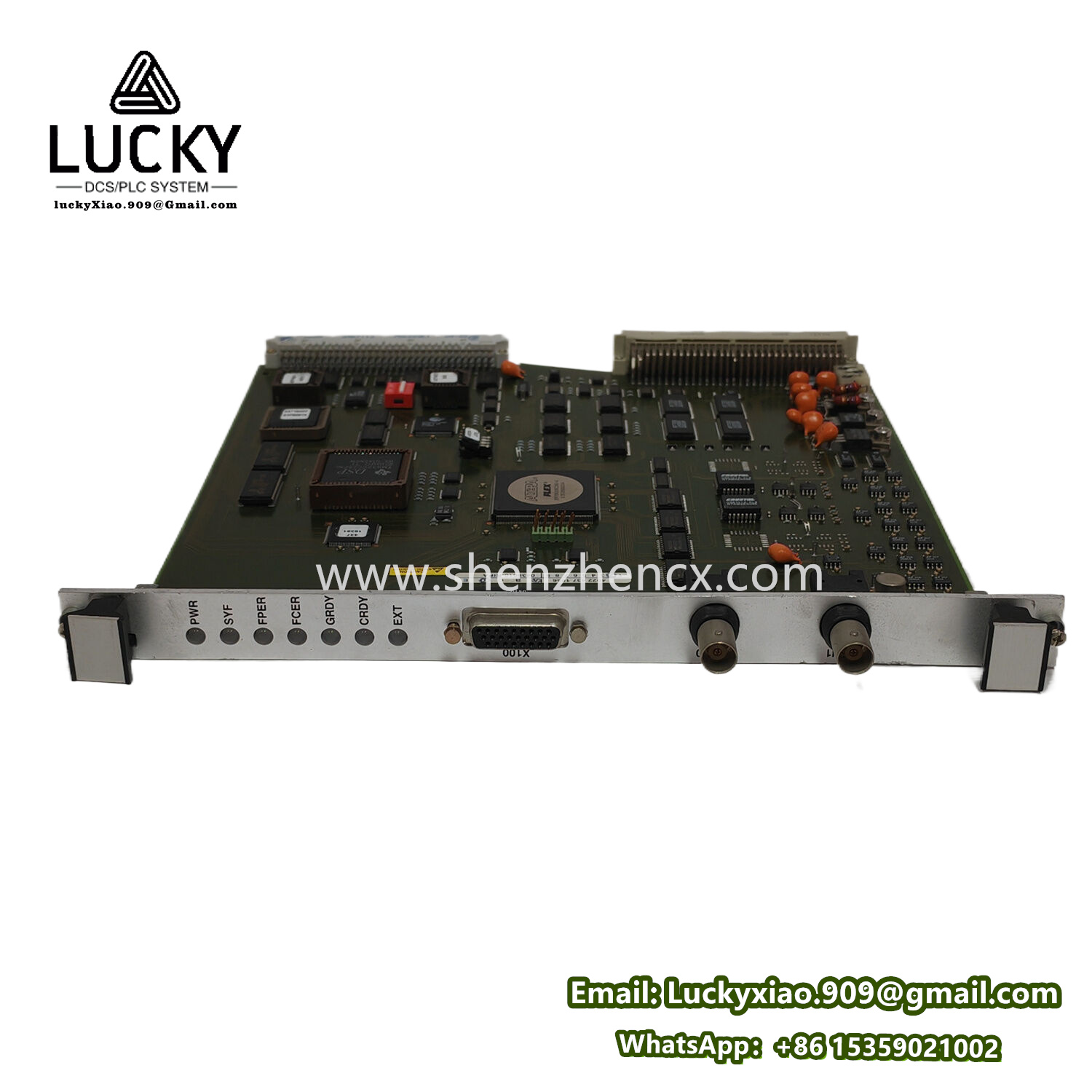
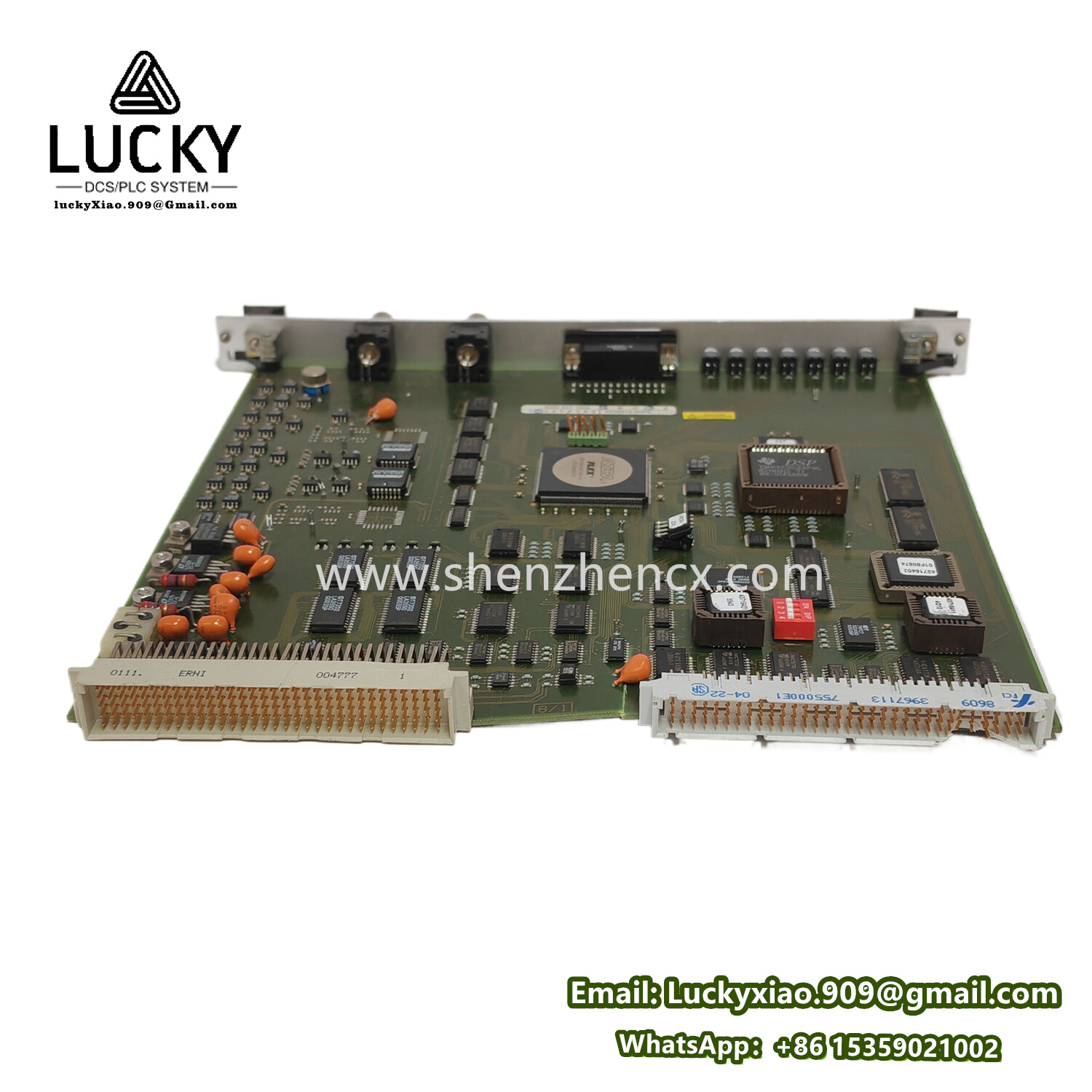
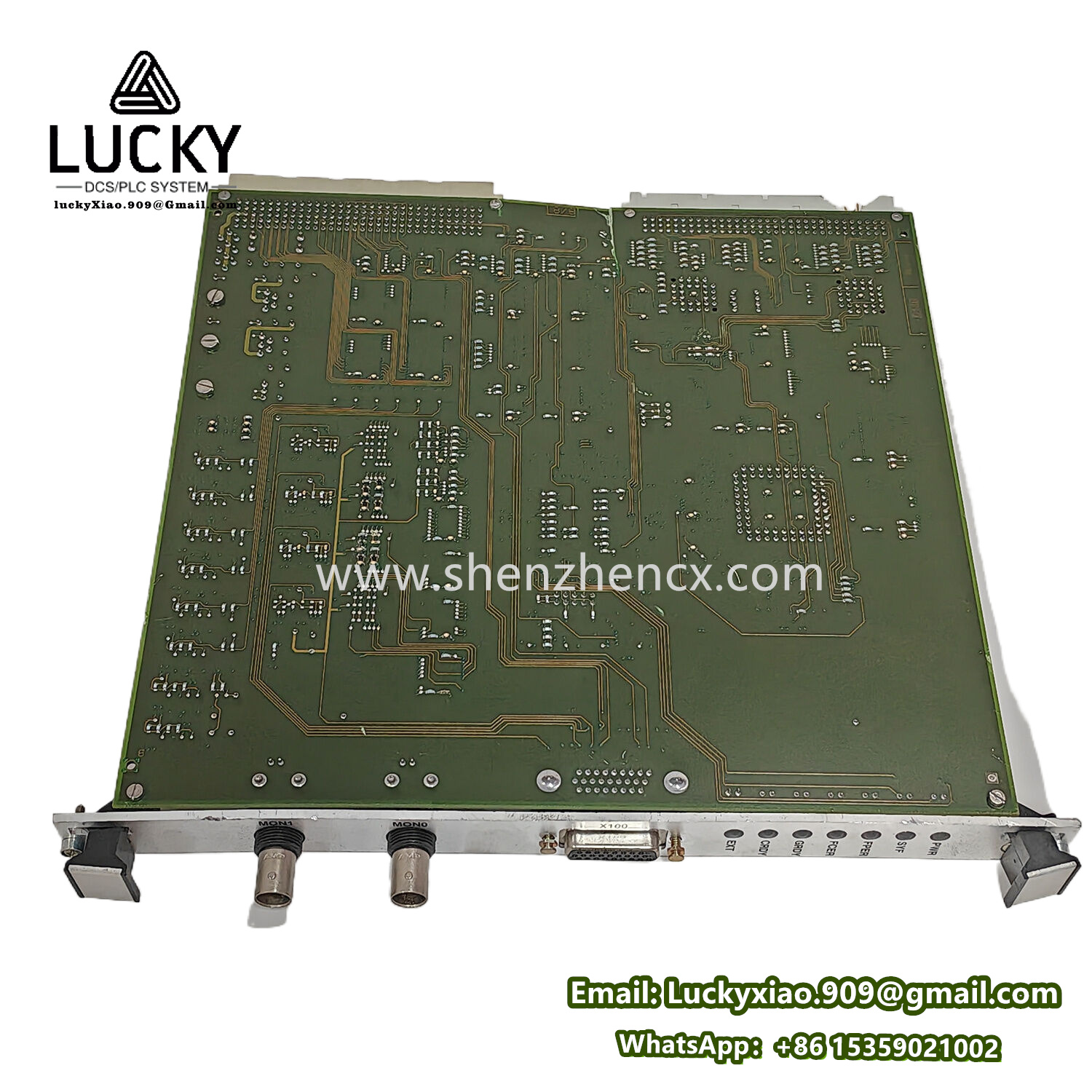
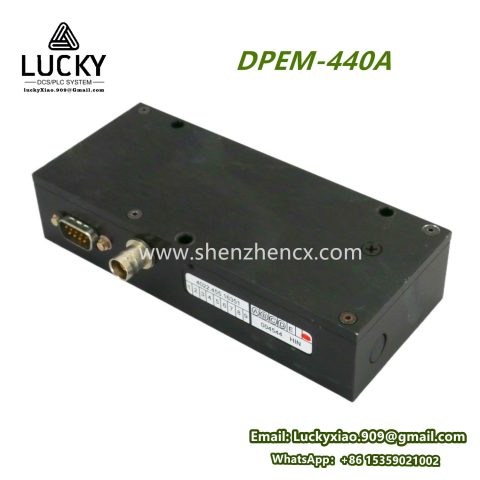

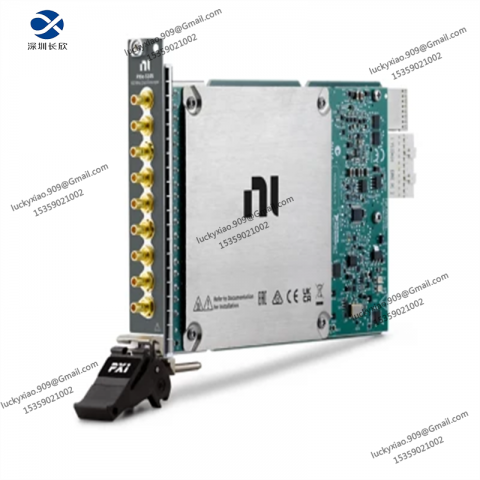
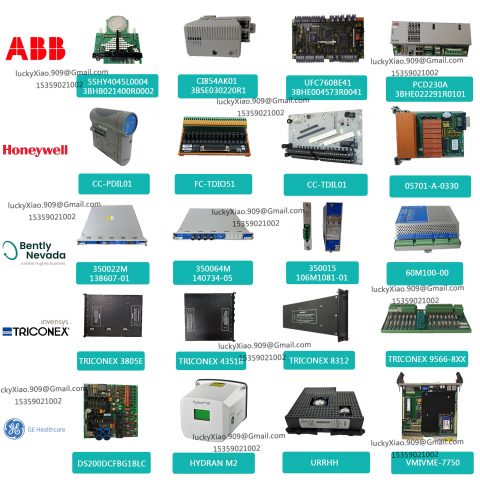
-480x480.png)
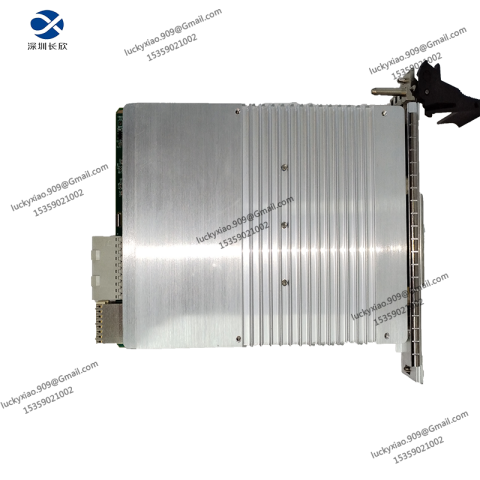
-480x480.jpg)
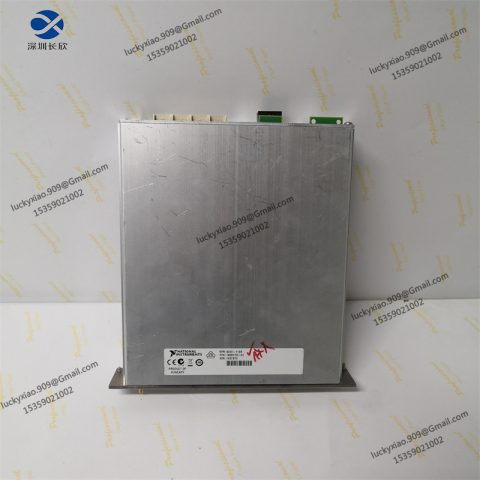
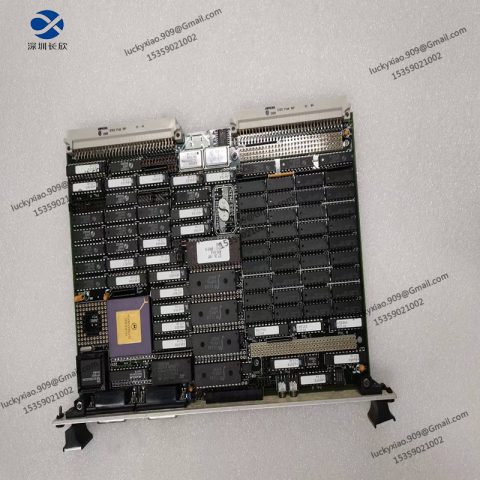
There are no reviews yet.